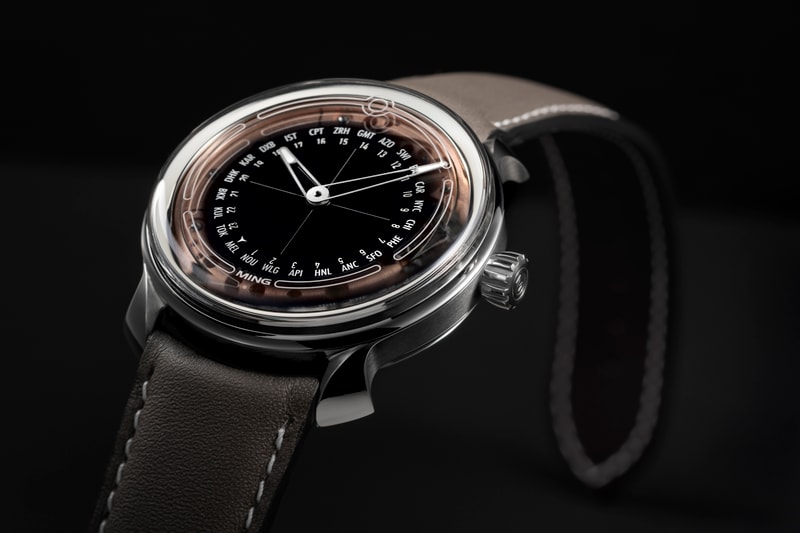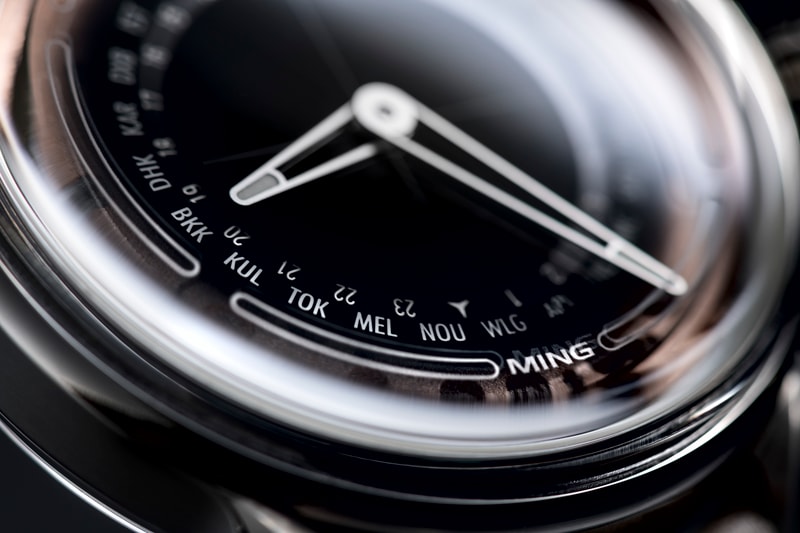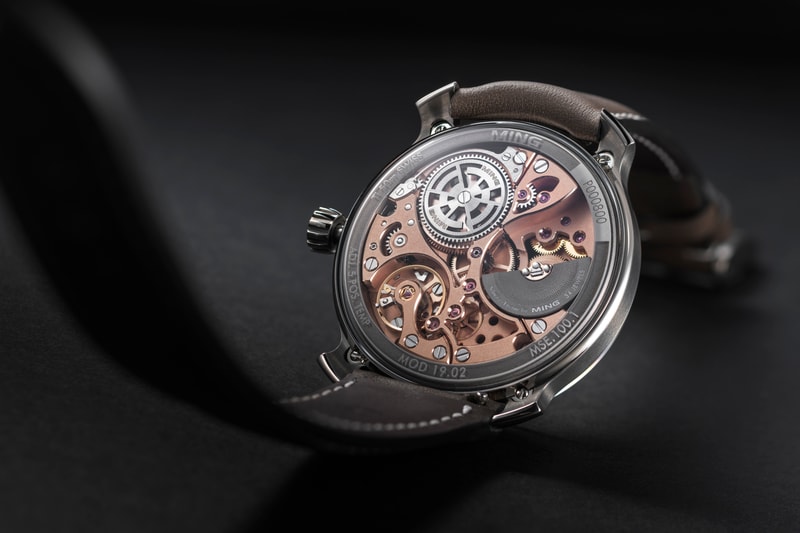The release of a new model is not something trivial for a brand like ours, and before we even decide what to greenlight from ‘the wall’ – lengthy debate and rationalization always takes place first. We are not a big brand, and every release must therefore be considered, both in immediate context and what role it will play in the future lineup. We have even had watches that have made it as far as the final prototype stage before we pulled the plug or delayed launch, when doing so at that point is a very costly decision to make. Given that our new 19.02 is a step above anything we’ve done so far, we feel it might be interesting to explain some of the rationale behind it.
In the long run, there’s only so much you can do with the production budget limits enforced by 17-level price point; I can’t make interesting complications or finishes in any sort of economically sustainable way. To do so, I need to have more production budget per watch, which ultimately means establishing the credibility of the brand at a much more mature price point. We did this with the original 19.01, as a statement that we would move beyond the 17 series; we take that further with the 19.02 and a useful complication (but not so easy to implement in a clear, simple way) and a step up in refinement and execution across the board.
Our philosophy from day one has been to make watches in niches that are personally meaningful or useful to us; this is both because it wouldn’t make sense to do otherwise, and because these are the watches we understand best since we’ve spent the most time on them. We’ve addressed the daily wearer, the more sophisticated time only and the travel tool; in the course of doing so, we’ve also realized that as good as a GMT is for travelling, it’s not so useful at home when you’ve got to coordinate activities across multiple timezones. Enter the worldtimer, and the ability to know what time it is everywhere simultaneously (we’ve discovered, unsurprisingly, that it’s much easier to get hold of our partners in Switzerland when you don’t call them at 3am).
Taking the utility of that a bit further – a watch you travel with and doesn’t look out of place anywhere – we decided to make it automatic. A self-winding watch of some sort was always on the cards as one of the reasons we selected the Schwarz Etienne base calibre was because of its modularity, and the availability of a bidirectionally winding microrotor automatic module to replace the second barrel. A sintered tungsten mass maximizes rotational momentum and thus winding efficiency despite having a relatively small diameter. Power reserve drops a little to 70h, but this is less critical as the watch remains fully wound if you wear it regularly anyway. Similarly, the baseplate already carries accommodations for a GMT mechanism, meaning thickness over the 19.01 would change only slightly – by the thickness of the 24 hour disc.

It is also for this reason we decided to keep the mechanism as simple as possible and use a rotating 24h disc and fixed cities; this keeps the thickness down, and allows for the presentation of time and cities with no distinct visual separation between them (as both disc and city print lie underneath the dial sapphire). The cities are kept static as these are harder to pattern recognize at a glance compared to the sequence of numbers. I also admit to some selfishness in choosing cities that are personally significant to me. It isn’t often that Kuala Lumpur gets a place on a world time dial!
Operationally, the 19.02 offers one big advantage over the traditional worlditme mechanisms that have two counterrotating rings: it can be adjusted in both directions. There are three crown positions: the first winds, the second changes the 24 hour disc in one hour increments, and the last one sets local time. To set, first pull the crown to the third position and set local time. Then match up your local timezone to the corresponding city, and use the second position to ensure they show the same hour (note AM/PM). The time in any other zone can then be read directly against the corresponding number on the 24 hour disc.
Putting this together, we now have the ability to offer quite a bit over the 19.01 but retain the same overall proportions and design coherence. Yet we wanted the 19.02 to have a very different mood and feel to its sibling; where the 19.01 is postmodern and technical in its cool palette of greys and dark blues, the 19.02 is a bit warmer and more romantic with a gradient black sapphire dial revealing hints of the rose gold baseplate at the edges. They are very different but complimentary watches; the 19.01 speaks to the present and the future, but the 19.02 evokes the romance and warmth of the era of travel and exploration. It is also for this reason the strap pairings are different – the 19.02 ships with two Jean Rousseau straps that enhance but not overpower the contrast of the dial. Admittedly, I have a good problem every time I try to decide which one to put on!

The movement itself has received a significant finishing upgrade, too: plates and bridges are sandblasted matte before all visible anglage is now rounded and polished by hand, prior to receiving a protective 5N rose gold coating. This also includes multilevel anglage on the automatic winding bridge. It is a movement that the whole team has fallen in love with. We left the rotor in its natural dull dark grey state, however – it visually unites the case and the movement, seemingly drawing the solid outer ring into the workings.
I guess the best way for me to conclude is by saying that the 19.02 is the best watch we make right now, but at the same time, another small step towards the dream. There are a lot of other watches on our board at the moment – most of which have complications that have not yet been seen – but before we can bring those to life, we once again need the patronage and support of the collectors and enthusiasts who share our vision. -MT
Editor's Note:
Perhaps the best way to experience the 19.02 would be to see it for yourself:
- In February, we will be hosting a small viewing in Singapore
- We are also planning to be at Baselworld in March
- We are tentatively looking at Tokyo, Hong Kong and New York – provided there's sufficient requests for a viewing
- And of course, anytime in Kuala Lumpur

Published: February 2019





